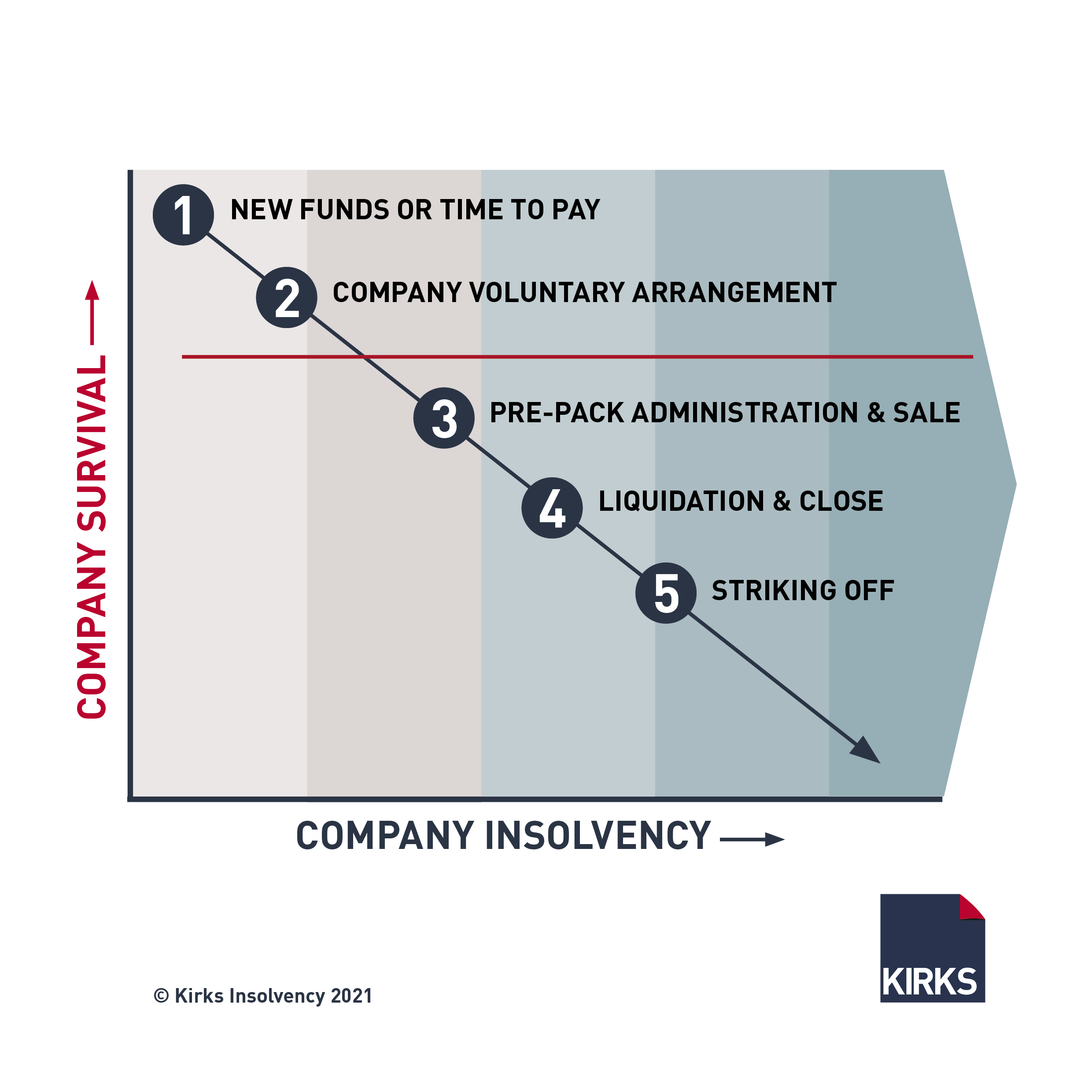Insolvency Practitioner Things To Know Before You Buy
Insolvency Practitioner Things To Know Before You Buy
Blog Article
The Insolvency Practitioner Ideas
Table of ContentsThe smart Trick of Insolvency Practitioner That Nobody is DiscussingThe Only Guide to Insolvency PractitionerThe Facts About Insolvency Practitioner UncoveredThe Basic Principles Of Insolvency Practitioner Insolvency Practitioner Can Be Fun For EveryoneInsolvency Practitioner Fundamentals ExplainedThe Best Guide To Insolvency Practitioner
Insurance is kept an eye on and regulated by state insurance coverage divisions, and among their main purposes is shielding insurance policy holders from the risk of a business in monetary distress. When a firm goes into a period of monetary problem and is unable to satisfy its commitments, the insurance commissioner in the company's home state initiates a processdictated by the laws of the statewhereby initiatives are made to assist the firm reclaim its monetary ground.If it is identified that the company can not be rehabilitated, the company is declared insolvent, and the commissioner will ask the state court to order the liquidation of the firm. [Back] The insurance coverage commissioner, either selected by the guv or elected, heads the state insurance policy department and screens and regulates insurance activity within the state.

By acquiring control of a business, the commissioner (or the insurance policy department) is, by legislation, the rehabilitator or liquidator of the company. In this capacity, the commissioner or department takes control of the firm's operations. Rather than do so directly, the commissioner may retain a special replacement receiver to supervise the business's tasks.
Get This Report about Insolvency Practitioner
The receiver oversees a bookkeeping of the business's possessions and liabilities and administers the estate of the company. In doing so, the receiver seeks to maximize the company's properties, transfer them to cash, and after that disperse that cash money to lenders having legitimate cases against the insurance provider based on repayment top priorities defined by state legislation (in all states, insurance holders are top priority claimants whose insurance claims are paid before those of general lenders).
All insurance coverage firms (with restricted exceptions) accredited to sell life or wellness insurance coverage or annuities in a state have to be participants of that state's guaranty association. The guaranty association accepts the commissioner and the receiver in pre-liquidation preparation. As soon as the liquidation is purchased, the warranty association offers insurance coverage to the business's insurance holders who are state homeowners (approximately the levels defined by state lawssee below; any kind of advantage amounts over the guaranty asociation advantage degrees come to be cases against the business's remaining assets).
The above protection degrees apply individually for each insolvent insurer. [Back] When an insurer stops working and there is a shortage of funds required to fulfill the responsibilities to insurance holders, state warranty associations are activated. Warranty organizations have 2 primary sources of funding when giving coverage to policyholders. Initially, guaranty associations have subrogation legal rights to an in proportion share of the possessions continuing to be in the fallen short insurance firm.
Insolvency Practitioner Fundamentals Explained
Second, insurance companies doing service in that state are analyzed a share of the amount needed to satisfy the section of the warranty associations' protected cases not otherwise moneyed with estate possessions. The quantity insurers are analyzed is based on the quantity of premiums that they collect in that state. [Back] The National Company of Life and Medical Insurance Warranty Associations (NOLHGA) is made up of the life and medical insurance warranty organizations of all 50 states and the District of Columbia.
NOLHGA develops a job pressure of representative guaranty associations to collaborate with the insurance coverage commissioner important source to develop a plan to secure insurance holders. For additional information on NOLHGA's function at the same time, see "What Is NOLHGA?" and "The Safety Net at the office." [Back]
You are right here: Insolvency is when a business or individual can't pay debts when they are due. There are several options readily available to a bankrupt firm or person: ASIC controls companies, it does not handle individual insolvency procedures. To learn more concerning insolvency and personal insolvency agreements, go to the Australian Financial Safety Authority web site.
What Does Insolvency Practitioner Mean?
Predictive protection by helping you select the ideal clients and the best markets to stay clear of poor financial obligation in the first location, many thanks to intense economic evaluation (Insolvency Practitioner). Extensive market knowledge, providing you with 360-degree exposure on organization fields and foreshadowing problems. It would over here certainly be a simplification to believe a profession credit score insurance begins and finishes with premiums and pay-outs
This can happen for a number of reasons, consisting of bad monetary administration, unexpected prices, or a change out there. If a business is financially troubled, it may be compelled to shut down or sell assets to pay lenders. This can have a major impact on business, staff members, and investors.
Indicators on Insolvency Practitioner You Need To Know
Why does a firm enter into bankruptcy? There are a number of factors why a firm may enter into insolvency.

Little Known Facts About Insolvency Practitioner.
The business may be forced to market possessions, lay off team or also shut down. Creditors might be left out of pocket and the firm's shareholders might see their financial investment vanish.
This can happen for a variety of reasons, consisting of bad financial monitoring, unforeseen expenses, or a change on the market. If a company is financially troubled, it may be forced to fold or liquidate assets to pay financial institutions. This can have a major influence on business, staff members, and shareholders.
Insolvency Practitioner - The Facts
It can cause job losses, possession sales, and also bankruptcy. It is vital to comprehend just how corporate insolvency works and just how it can affect your company. Why does a firm become part of insolvency? There are a variety of reasons why a business may become part of insolvency. One of the most usual factor is that the company is incapable to pay its debts as they fall due.
Various other reasons for bankruptcy consist of fraud, mismanagement, and unanticipated expenses. When a company comes to be financially troubled, its properties are used to settle its financial debts. This can have a significant effect on business, Related Site as it might no longer be able to continue operating. Insolvency can likewise lead to job losses and the closure of organizations.
The firm might be forced to offer properties, lay off staff or also shut down. Creditors may be left out of pocket and the business's investors may see their investment vanish.
Report this page